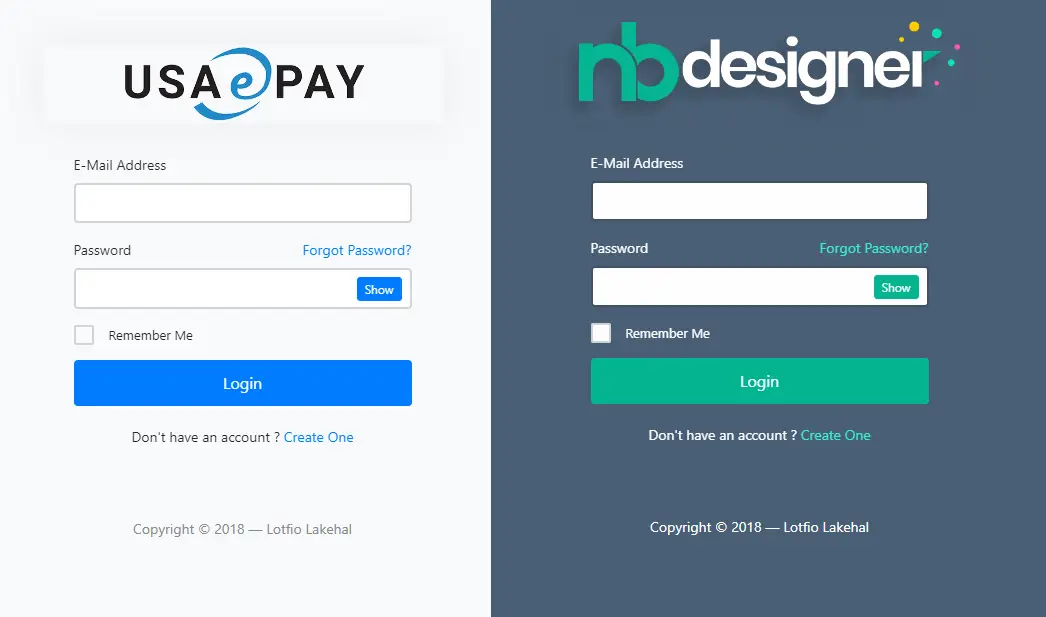How to fix Assets file 'project.assets.json' not found
By Tan Lee Published on May 16, 2024 2.17K
The "project.assets.json" file is an important part of an ASP.NET Core project, as it contains information about the project's dependencies and assets. If it's missing, it can cause issues with building and running the project
C:\Program Files\dotnet\sdk\3.1.302\Sdks\Microsoft.NET.Sdk\targets\Microsoft.PackageDependencyResolution.targets
Here are some steps you can take to try and fix this issue
Try to restore the project's NuGet packages by opening a terminal or command prompt, then select Tools=>Nuget Package Manager=>Package Manager Console, navigate to the root directory of your ASP.NET Core project, and run
dotnet restore
This command will restore all the packages specified in your project's "csproj" file and recreate the "project.assets.json" file if it's missing.
If restoring packages doesn't solve the issue, try cleaning and rebuilding the project. Run the following commands
dotnet clean dotnet build
This will clean the project's output directories and then rebuild the project, which may recreate the necessary assets file.
Check for File Deletion or Corruption and ensure that the "project.assets.json" file is not accidentally deleted or corrupted. If it's missing, you may need to recreate it by restoring packages or rebuilding the project.
Make sure you are using a compatible version of the .NET SDK for your ASP.NET Core project. Sometimes, updating or downgrading the SDK version can resolve compatibility issues that may cause the assets file to go missing.
Check your project file and verify that your project file is configured correctly and doesn't contain any errors or inconsistencies that could prevent the assets file from being generated.
If none of the above steps work, you may need to recreate the project from scratch. This involves creating a new ASP.NET Core project and copying over your source code files, making sure to carefully configure dependencies and settings.
- Implement security headers for an ASP.NET Core
- How to add security headers to an ASP.NET Core Application
- How to Initialize TagHelpers in ASP.NET Core with Shared Data
- Boost Your ASP.NET Core Website Performance with .NET Profiler
- The name 'Session' does not exist in the current context
- Implementing Two-Factor Authentication with Google Authenticator in ASP.NET Core
- How to securely reverse-proxy ASP.NET Core
- How to Retrieve Client IP in ASP.NET Core Behind a Reverse Proxy





